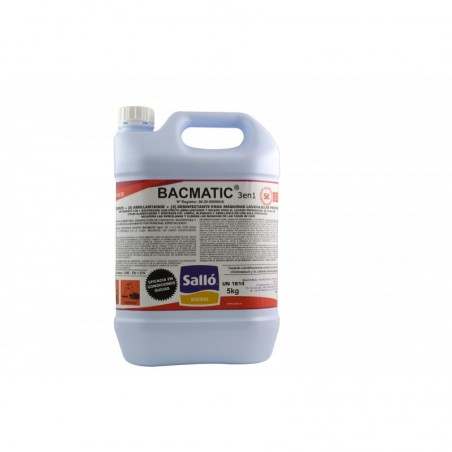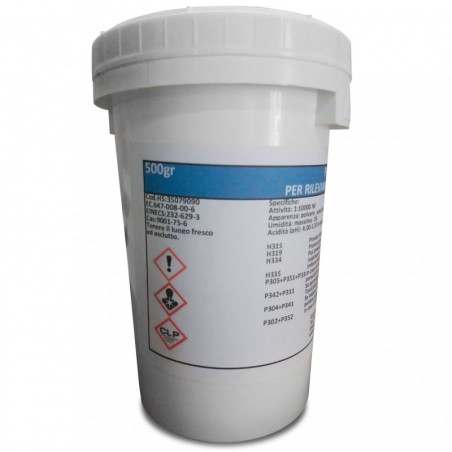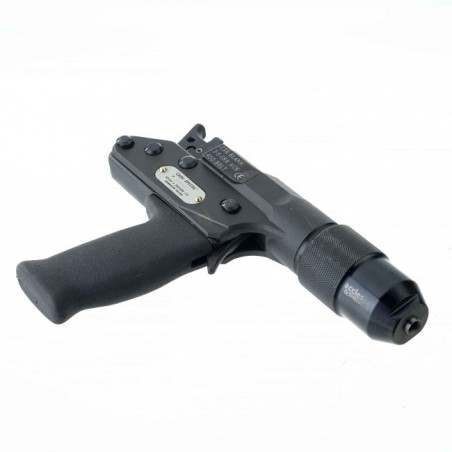For years, the meat industry has faced a shortage of personnel to carry out slaughtering, cutting, and meat processing operations. Cutting lines mobilize many workers for basic operations. Many of the actions performed by the personnel are difficult to automate. Despite recent improvements following considerable investments, the sector is still in need of labor. The harsh working conditions related to cold, humidity, noise, and tiring physical postures explain the difficulties in recruiting personnel. This labor shortage is not limited to Western Europe, but can be observed throughout the European Union and in North America. For many years, the meat industry in several countries has depended on workers from Eastern Europe, but they are not enough to meet labor needs. To remain attractive, slaughterhouses have increased wages, which has led to higher production costs. To overcome this shortage and the increased labor costs, investments have been made to automate some of the processes.
National regulations to improve working conditions, limiting the loads transported or even the exposure time to cold, are encouraging the development of automation. Employee well-being is one of the drivers for these innovations, although the development of automation in pig slaughterhouses is more complex than in other sectors such as poultry. Pork is marketed in a wide range of products to a variety of domestic and export customers. Many customers request specific products such as boneless hams, cuts of specific parts, etc. Adapting the slaughter line with machines or robots entails significant investments that are difficult to implement. The machinery needed to process pork is larger than that needed for poultry processing, for example, and requires more space than one or more employees needed for the same operation. Slaughterhouses do not have enough space, which would require large expansions. In addition to cost, projects to build new slaughterhouses face strong opposition from local residents who do not want to have to deal with the inconvenience of animal and meat transportation. On the other hand, to attract workers, some slaughterhouses offer housing to their staff. This practice is done in countries with a severe housing shortage such as Germany and leads to higher costs for slaughterhouses.

Part of the solution lies in organizing the work to attract employees from other sectors. To expand labor potential, lines have been adapted and schedules have been changed so that more functions can be performed by women. For example, some companies modify the working hours of teams so that parents can accompany their children to school in the morning and at the end of the day. The turnover of low-skilled personnel in cutting facilities is high. In addition, having multiple nationalities on teams requires management to be adapted. To facilitate training, the handling of the different parts is represented in front of each worker by photos with instructions in several languages. Workers no longer need to be specialists. The shortage of workers is pushing European companies, particularly in Germany, to relocate to smaller towns, sometimes geographically further away from the production areas, where unemployment is high and labor is available. This makes it possible to hire local people instead of bringing in foreign employees. The regionalization of production is appreciated by society, especially after the COVID pandemic, during which local products have gained importance. This type of implementation responds to a risk management strategy of the companies in order to block as little as possible the activity in case of problems on a given site. On the other hand, some companies are considering relocating their activities.
Automation, robotization, and digitalization are ways to solve the growing labor shortage and also become more competitive. A race for automation is taking place among companies in pork-producing and exporting countries.
Equipment manufacturers, under the effects of competition, are innovating to offer new automatic systems. Obstacles and constraints to the development of automated production lines must be overcome, such as difficulties in cutting pork carcasses, social pressure, regulations, the use of qualified technicians, the considerable level of investment, and optimizing production space at the sites.
A transformation in pork companies is well underway...








